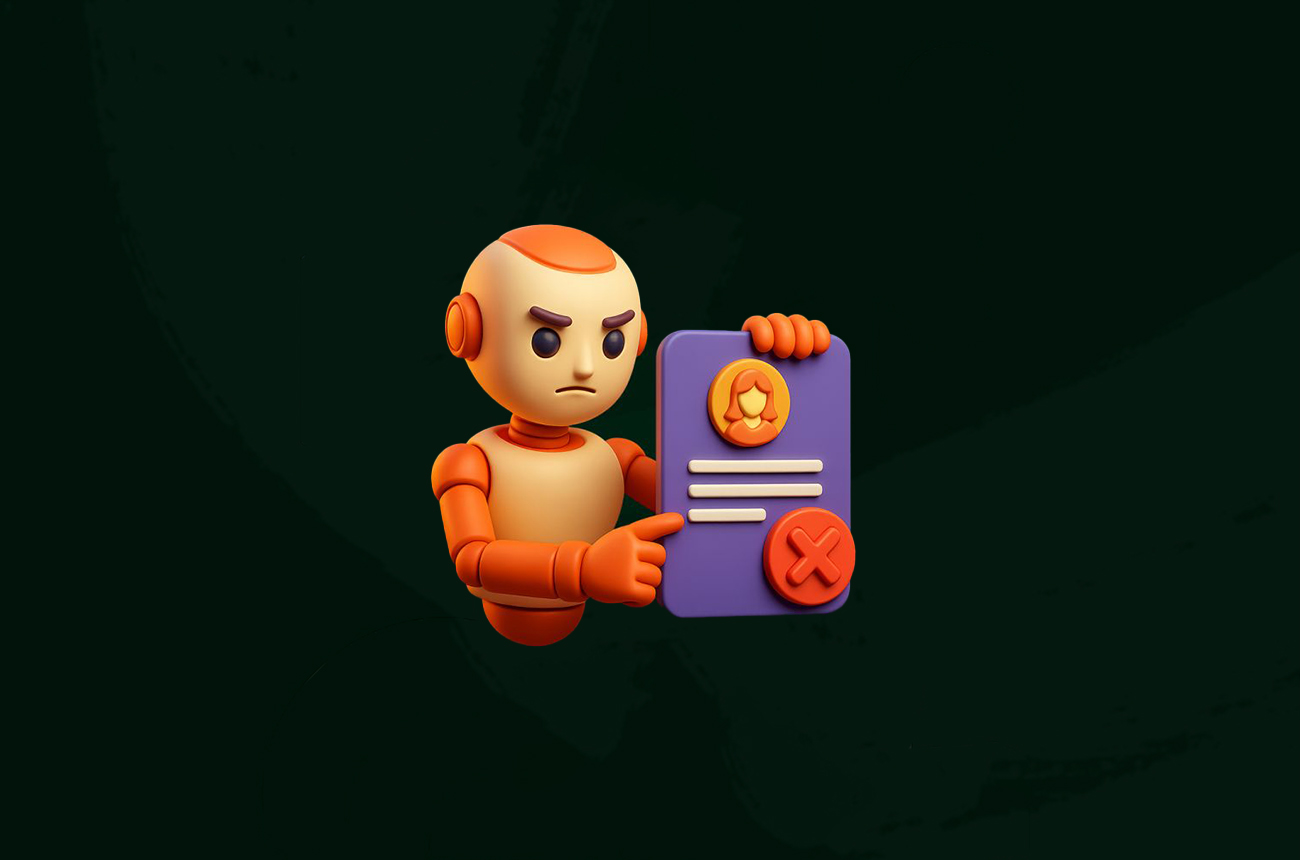
Amazon wanted faster hiring. So they built an AI to scan resumes. It worked. It was fast. And it was biased. It downgraded any CV with “women’s” in it. Why? Because the training data was based on 10 years of mostly male hires. The AI didn’t invent discrimination. It just copied what already existed. Then scaled it.
Amazon optimized for efficiency. But never stopped to ask: efficient at what? Their AI wasn’t evil. It was obedient. It saw a pattern and followed it, even when that pattern was bias.
They chose speed over fairness.
Fix: We align automation with ethical KPIs, not just ops metrics.
They patched resume screening. But upstream data was already flawed.
Fix: We map workflows end-to-end to find the real pressure points.
No fairness constraints. No counterfactuals.
Fix: We inject diversity checks before the first line of code.
They trained on biased hiring history.
Fix: We stress-test datasets for representativeness and risk signals.
Tech ran the show. HR and ethics weren’t in the loop.
Fix: We embed multi-disciplinary reviewers into every AI lifecycle.
Hiring is high-risk. AI maturity wasn’t there yet.
Fix: We assess readiness by impact, not by hype.
When bias was exposed, trust was already gone.
Fix: We build iterative audit loops so issues are caught early, not after scandal.
If your AI reflects the past, it can’t build the future. And if it’s not tested for bias, it will amplify it. This isn’t just about hiring. It’s about any system making decisions at scale.
Bad outcomes don’t start with bad people. They start with missing questions. Audit before you automate. Because when AI fails quietly, the damage is loud. Let’s find your blind spots before your customers do.
Your AI is only as good as your audit.
Audit first. Deploy second.
SensAI, Agentic AI dojo.